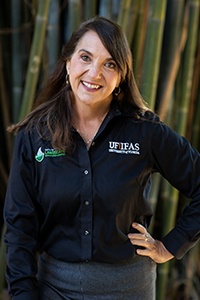Wendy’s Wanderings for October 2024

To boldly go where no gardener has gone before
Some gardeners meticulously apply the principles and elements of landscape design when creating a fresh landscape or new bed, while others prefer to improvise, relying on intuition to create what feels right and looks good. Personally, I love discovering that my “winging it” often results in a landscape that follows formal design principles without even realizing it.
The core elements of landscape design are mass, form, line, texture, and color. Let’s explore each of these elements and how they can transform a garden.
Mass refers to the space occupied—or left void—by objects or structures within the landscape. The careful arrangement of mass helps define areas and create a sense of flow within the garden.
Form is the shape of objects in the landscape. Common plant forms include pyramidal, round, oval, columnar, vase-like, or spreading. Combining different forms can evoke distinct styles and feelings. Rectangular forms give a sense of formality, irregular shapes offer a more casual look, and round forms can soften harsh angles, making the space feel inviting.
Line directs the movement of the eye through the garden and is arguably the most important design element. Curved lines tend to feel more natural, while straight lines lend formality. Jagged lines, on the other hand, can create a sense of excitement or disruption. Thoughtful use of lines will guide how beds, paths, fences, and structures work together to create direction and evoke emotions in the landscape.
Color is often the first element people think of when designing a landscape, but if used incorrectly, it can distract rather than enhance. It’s best to consider color after establishing the structure of the design (using line, form, and mass). Color combinations significantly impact the overall feel of the garden. While I often improvise, I still consult the color wheel when deciding on color schemes. I’m a fan of complementary colors—those that are opposite each other on the color wheel—such as green and red, violet and yellow, or orange and blue. These combinations create striking visual contrasts.
Texture is the design element I enjoy experimenting with the most in my garden. Texture refers to the relative size and surface quality of the plants and materials used in the landscape. Fine-textured plants have small leaves and flowers, while coarse-textured plants feature bold, large leaves. I’m particularly fond of coarse textures, and living in Florida provides ample opportunity to use tropical plants with strikingly bold foliage.
Bold plants like agave (Agave americana), farfugium (Fargugium japonicum), and crinum (Crinum spp.) offer large, fleshy leaves that complement smaller-leafed plants in a traditional garden. In tropical landscapes, bananas (Musa acuminata), ensete (Musa ensete), and white bird of paradise (Strelitzia nicolai) can contribute a bold “wow” factor. Unique palms like Bismark (Bismarkia nobilis) and Hispaniola palmetto (Sabal domingensis) boast even bolder foliage. Large-leafed plants command attention, breaking up the monotony of finer textures and making your landscape more memorable.
No garden is too small for bold-textured plants—you just need to strike the right balance. In smaller spaces, incorporating a large-leafed plant in a container can create a focal point, while in larger landscapes, massing bold textures together creates an impressive display. Always remember to balance these with fine-textured plants or features like gravel paths. Proportion is key in any landscape design—there should be a sense of harmony between the plants, the house, and the people who enjoy the space.
Incorporating these elements thoughtfully will create a landscape that’s not only bold but balanced and memorable. For more information about using design elements in your Florida-Friendly landscape, read the Ask IFAS publication, Florida-Friendly Landscape Design Elements.
— Wendy Wilber

